Real-time artificial intelligence and event processing
IBM Big Data Hub
NOVEMBER 29, 2023
AI and event processing: a two-way street An event-driven architecture is essential for accelerating the speed of business. Non-symbolic AI can be useful for transforming unstructured data into organized, meaningful information. This helps to simplify data analysis and enable informed decision-making.




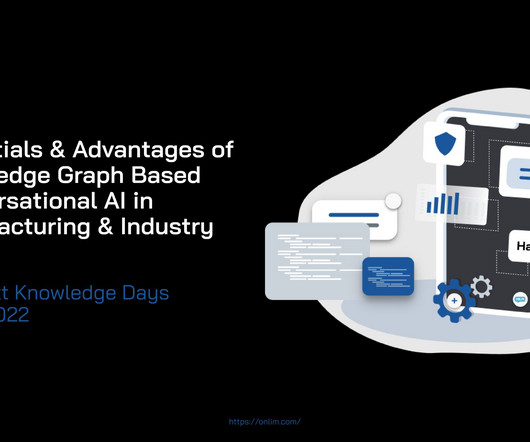


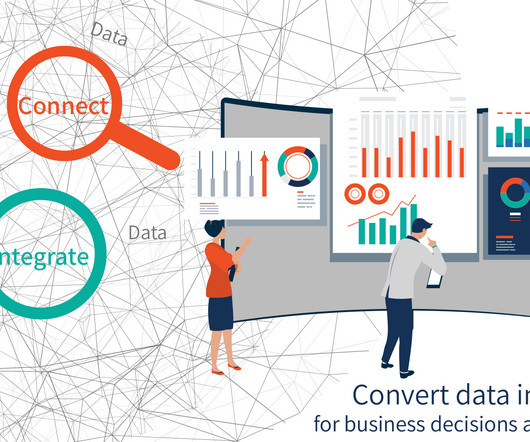
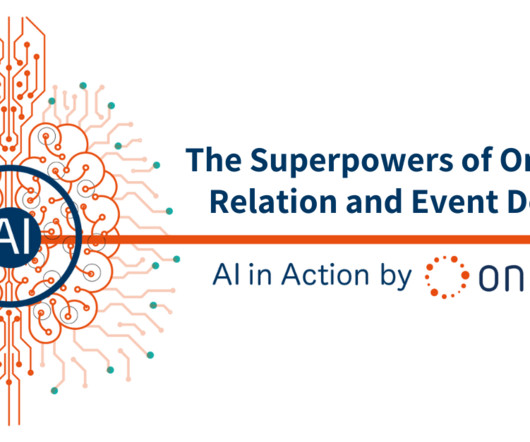
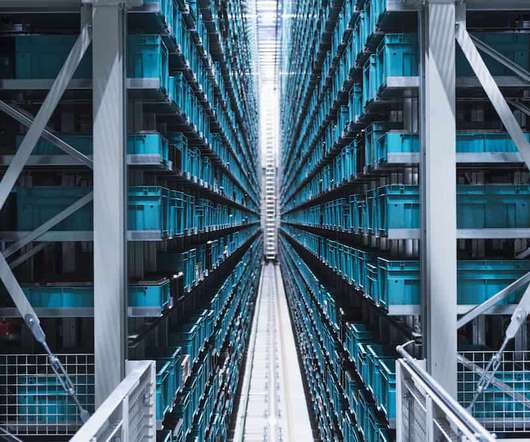
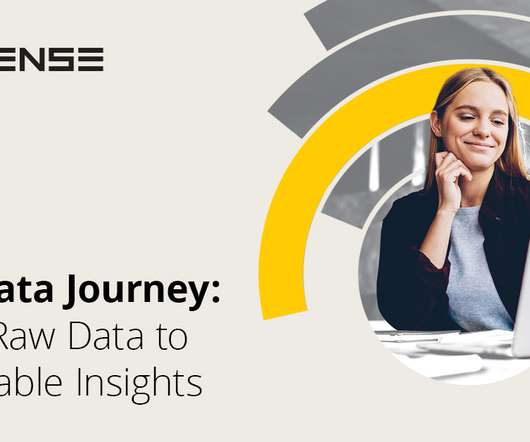










Let's personalize your content